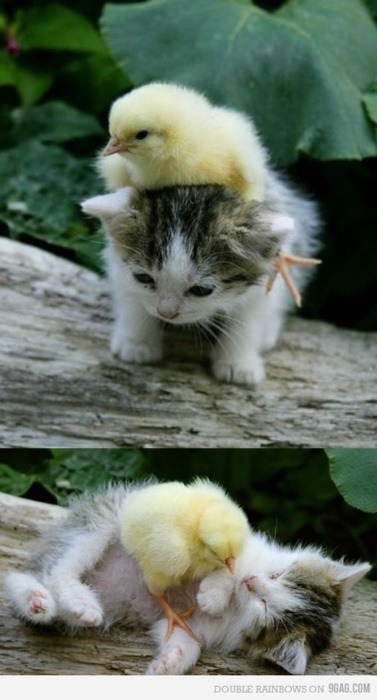ptarmigans:amazingpawsnclaws:Clever words are not needed for something so cute:This photoset, staged
ptarmigans:amazingpawsnclaws:Clever words are not needed for something so cute:This photoset, staged or not, is unsafe. Birds are extremely sensitive to above-normal levels of gram-negative bacteria and specific strains. Unfortunately, many of these strains are commonly found in a cat’s mouth, including:Pasteurella, which can cause Pasteurellosis, a disease that is highly fatal to young and old birds;Escherichia coli (E. coli), the pathogenic strains of which can cause severe respiratory diseases such as Colibacilliosis;Salmonella, which is already popular in the avian world. While most strains are dormant and not harmful, salmonella strains not found on or common in birds can cause diseases such as Salmonellosis, which can make quick and easy work of even the healthiest and most established of flock;Clostridiums! While it is actually a gram-positive bacteria, it can cause Clostridial Disease in poultry, the symptoms of which can be anything from muscle paralysis to necrotic enteritis, depending on the strain. While most Clostridia are easily treated and prevented, it is always better safe than sorry;Campylobacter, which causes campylobacteriosis. Campylobacter bacteria can cause anything from depression to diarrhoea (very dangerous to smaller and younger birds, due to the dehydration risk) to mortality.Control of campylobacteriosis has yet to be perfected, and infections can sometimes not be detected until it is too late. Lastly, predator-prey interactions, especially with a predator species notorious for ‘playing’ with their prey, should never be encouraged or left this unsupervised. -- source link
Tumblr Blog : amazingpawsnclaws.tumblr.com
